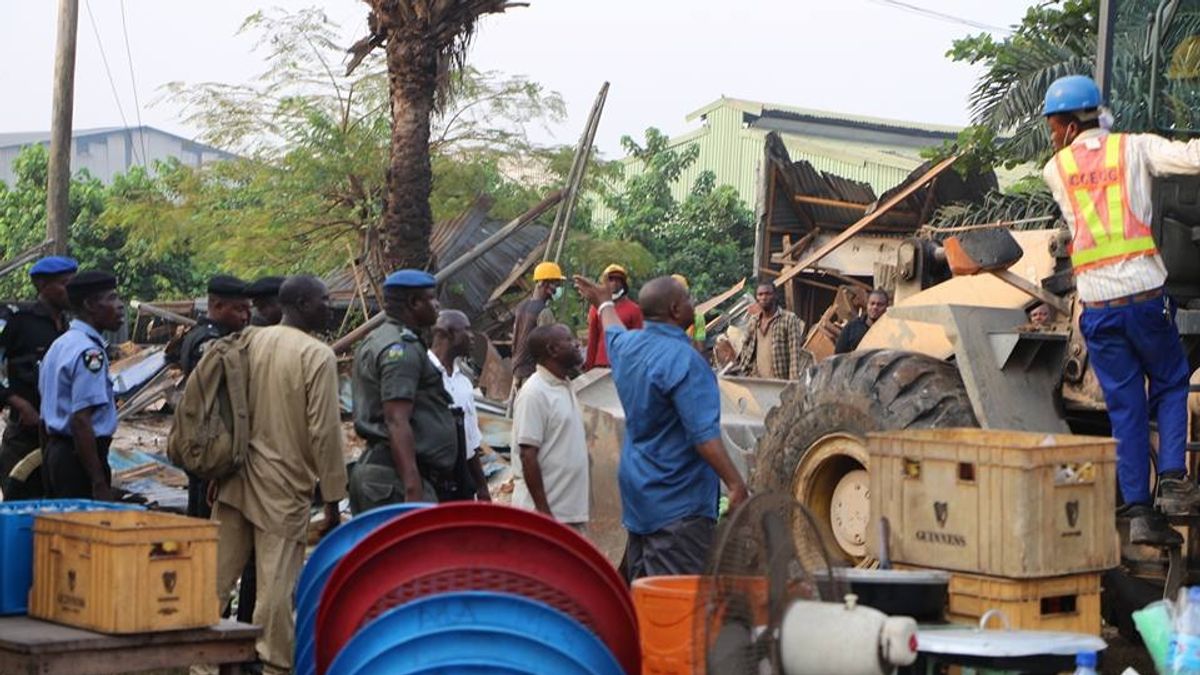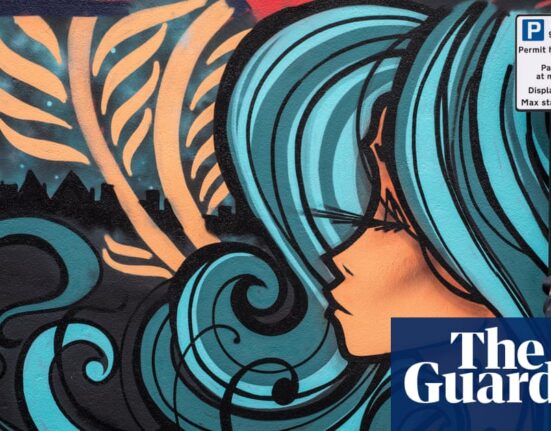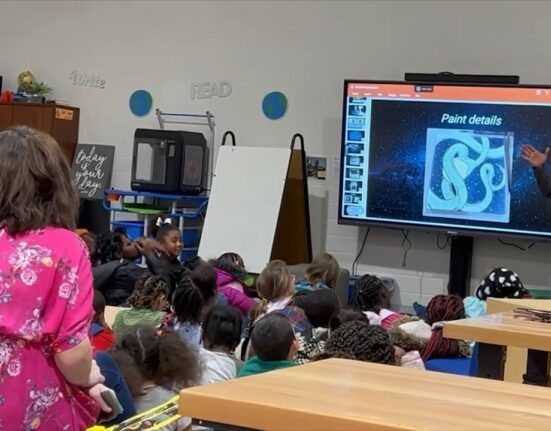Imagine a sanctuary where the air buzzes with creativity, a place where artists converge to breathe life into their visions. This was the reality of the Artists Village at the National Theatre in Iganmu, Lagos, until a sudden demolition in 2016 under the orders of Mallam Kabir Yusuf, the then General Manager, shattered its essence. It was a move justified by the eradication of squatters and illegal structures, but it left a community of artists bereft, their artworks and properties lost in the rubble. This incident, promised to be rectified by governmental compensation, remains a stark narrative of promises unfulfilled, leaving a scar on Lagos’ cultural landscape.
The Heartbreak of Demolition
The demolition of the Artists Village was not just the tearing down of physical structures; it was the erasure of a creative ecosystem. Artists who had called this place home, who had seen it as a nurturing ground for their creative endeavors, were suddenly left with nothing. Despite the justification of removing squatters, the reality was a lack of warning for these artists to secure their life’s work. The aftermath was a blend of confusion, anger, and an overwhelming sense of loss. The incident underscored years of government neglect, turning a once-thriving hub into a tale of what was.
The Struggle for Compensation
In the wake of the demolition, former Information Minister Lai Mohammed promised compensation to the affected artists, a glimmer of hope in a cloud of despair. However, this promise has stretched thin over eight years, with the Federal Ministry of Information agreeing to pay only N20 million out of the N90 million requested for damages. This promised payment has yet to be fulfilled, leaving artists trapped in a limbo of hope and frustration. The failure to compensate these artists not only questions the commitment of the government to support the creative economy but also highlights the challenges artists face in securing their rights and recognition in Nigeria.
A Future in Limbo
The story of the Artists Village is a poignant reminder of the fragile relationship between the creative community and governmental authorities in Nigeria. It raises critical questions about the value placed on art and culture in the nation’s development agenda. As years pass without resolution, the artists of the demolished village continue to seek justice and recognition for their losses. Their struggle is emblematic of a broader narrative within the creative sector, one where support and infrastructure remain wanting. The incident at the Artists Village stands as a testament to the resilience of artists in the face of adversity, but also as a call to action for more robust support and protection for the creative arts in Nigeria.







